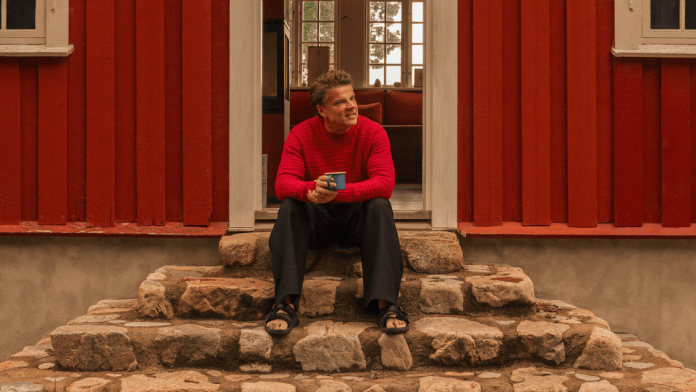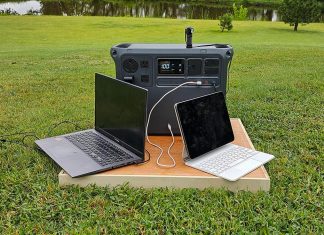And ultimately, for Ingels, “architecture is really about performance.” He harbors a certain, philosophical perspective on his work: “to design something is to give form to that which has not yet been given form—in other words, to give form to the future,” he philosophizes. Much like how graphic novels create alternate worlds, he notes, “architecture is the art and science of turning fiction into fact.”
Although he juggles a hectic schedule, Ingels tries to escape to the summerhouse whenever possible. “I love going there alone, actually. The energy up there, the spirit … the whole house feels like a big warm hug,” he says. Over time, the place has become more than just a salt-scented sanctuary, a breathe from a jam-packed schedule—it’s evolved into a source of inspiration for his craft, especially when it comes to embracing tradition. Ingels points to recent projects in Aarhus, Denmark, where thatched roof material was incorporated into the buildings, as well as one of BIG’s current developments, the Gelephu International Airport in Bhutan, whose superstructure features mass timber enveloped in local paints and adorned with traditional Bhutanese wood carvings. “I think, in some way, the time I’ve spent taking care of Fjordglimt has definitely influenced my work in general,” he reflects.
As for one of his favorite things to do while at the summerhouse? Just sitting on the stone-crafted pyramid stairs on the cottage’s forest-facing side. On sun-soaked afternoons, with family or friends are around, he enjoys stack of waffles on those same steps, while gazing at the untamed surroundings that stage a fairy tale of their own.
“The nature is very protected—you can’t have fences or hedges, and you can’t put a big swimming pool in the yard. So, the animals roam freely,” Ingels explains. The summerhouse’s furry frequenters include foxes, deer, and owls. Come autumn and spring, Icelandic horses grace and graze in the meadow. On a clear, calm day, the view stretches all the way to Sweden. “It’s one of the most beautiful places in Denmark,” he says with a smile.
Bjarke Ingels’s home was originally published as Vogue Scandinavia Living’s first cover. Set design is by Tine Daring, and hair & makeup is by Mette Schou at Agentur CPH.









